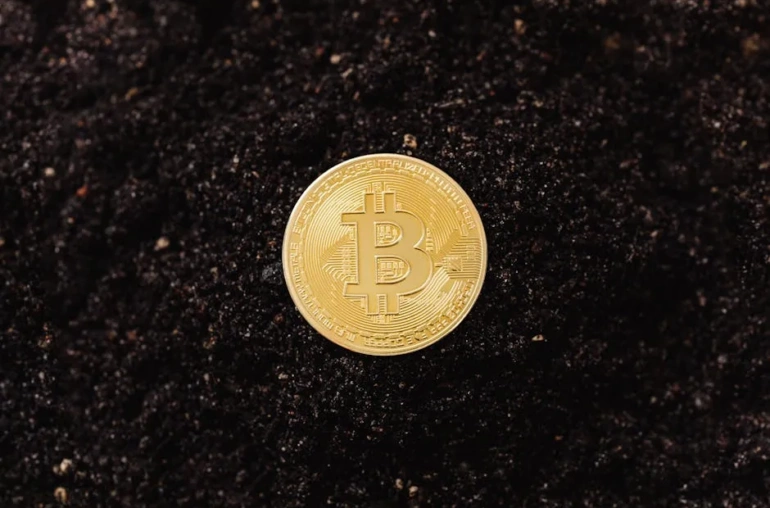
Understanding the Recent Bitcoin Price Correction: Short-term Selling vs. Long-term Holding
The cryptocurrency market is known for its volatility, and recent events have shown just how quickly things can change. Bitcoin, the leading cryptocurrency, has experienced a significant price correction despite briefly trading above $110,000. This blog post delves into the factors behind this drop, focusing on the roles of short-term sellers and long-term holders.
Bitcoin’s Price Movement
Bitcoin’s recent price fluctuations have captured the attention of investors and analysts alike. After reaching a high of over $110,000, the price faced a correction that sent waves through the market. While many were quick to panic, a closer examination reveals that this drop was largely driven by short-term selling activity.
The Role of Short-term Sellers
Short-term sellers, often referred to as traders, are individuals or entities looking to capitalize on quick profits. They typically buy Bitcoin at a lower price and sell it once it appreciates significantly. In this instance, the correction appears to have been triggered by a wave of these short-term sellers taking profits after Bitcoin’s sharp rise. As they sold off their holdings, the increased supply in the market led to downward pressure on the price.
Long-term Holders Remain Steady
In contrast to the actions of short-term sellers, long-term holders of Bitcoin have shown remarkable resilience. These investors, often referred to as “HODLers,” believe in Bitcoin’s long-term potential and are less swayed by short-term price fluctuations. Their conviction remains strong, and many have opted to hold onto their assets rather than panic sell during this correction.
This divergence in behavior highlights a critical aspect of the cryptocurrency market: the distinction between short-term trading strategies and long-term investment philosophies. While short-term traders may react quickly to market movements, long-term holders tend to focus on the bigger picture, often riding out volatility in pursuit of substantial future gains.
Market Implications
The current market dynamics suggest that while short-term selling can lead to temporary price corrections, the underlying strength of long-term holders provides a stabilizing force. As these HODLers continue to maintain their positions, it creates a buffer against extreme market fluctuations, potentially paving the way for a more stable price environment in the future.
Conclusion
Understanding the interplay between short-term selling and long-term holding is essential for anyone involved in the cryptocurrency market. As Bitcoin continues to evolve, the strategies employed by different types of investors will shape its price trajectory. For now, while short-term sellers may have driven the recent price drop, the steadfastness of long-term holders remains a beacon of hope for the future of Bitcoin.
In the ever-changing landscape of cryptocurrencies, staying informed and adjusting one’s strategy accordingly is crucial for success. Whether you are a trader or a HODLer, it’s essential to keep a pulse on market trends and investor behaviors as they continue to unfold.


